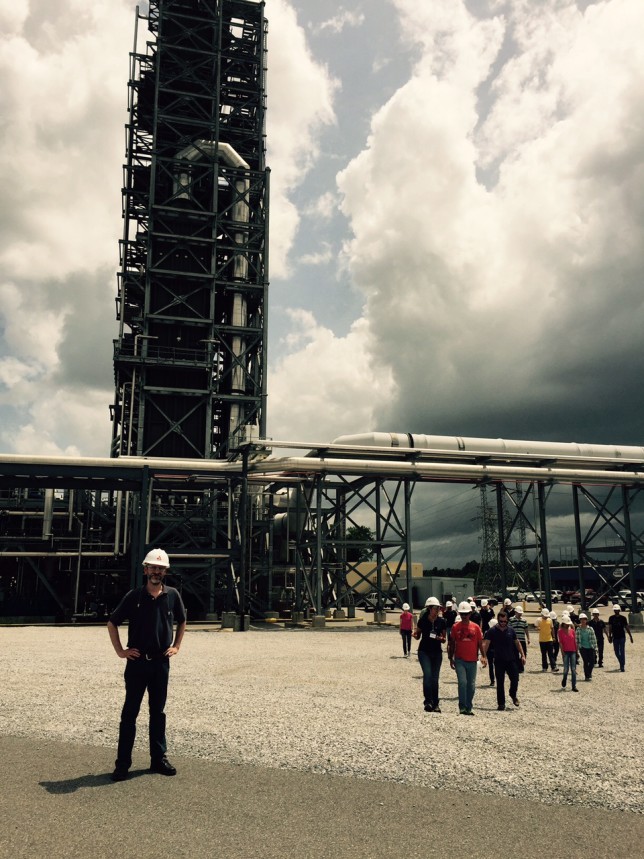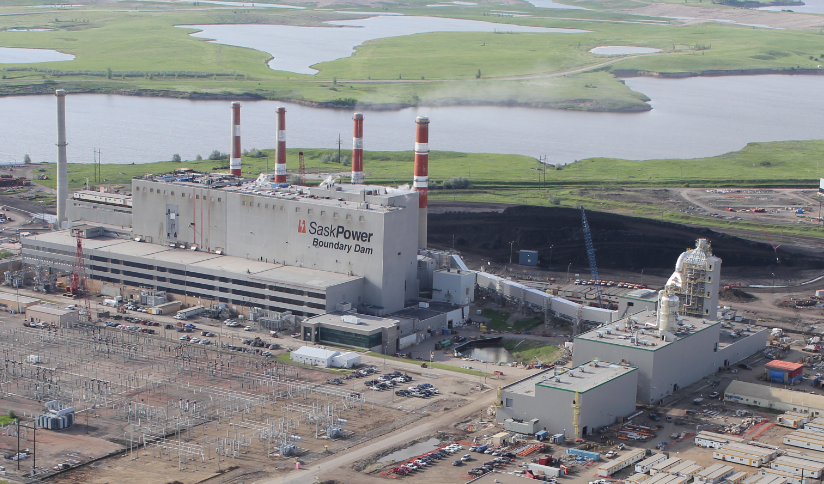I have been working on this blog post for a while, it has been a challenge to sum up my thoughts, especially since my views have shifted so radically in the last few years. Folks who know me are aware that I have been researching and writing about clean energy technologies for a few years now, and during that time I have been on a journey of discovery that has challenged me in many ways.
I recently returned from a two week barnstorming trip that took me to see the newest clean coal power plants that employ carbon capture and sequestration (CCS). CCS is the practice of physically capturing carbon dioxide molecules from the exhaust streams of large fossil fuel burners like power plants. The purified CO2 is compressed beyond liquid form into its supercritical state (sCO2) and moved via pipeline to locations where it can be injected underground permanently. This is all done to help prevent against climate change.
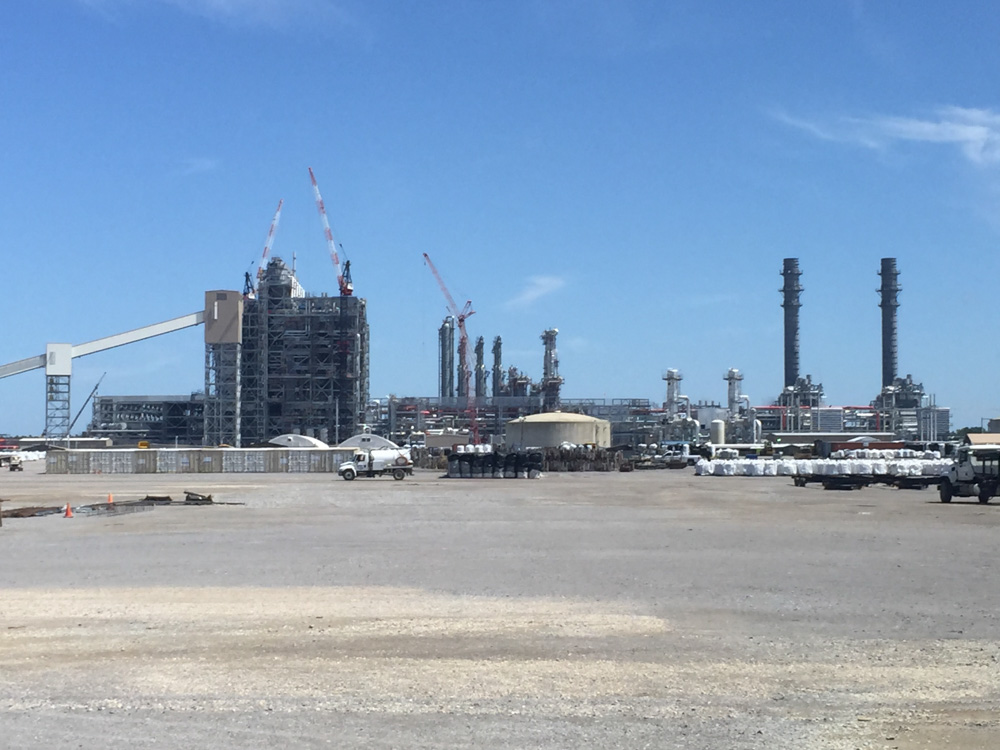 Kemper from a distance.
Kemper from a distance.
I visited the newly operational Boundary Dam plant in Saskatchewan, Canada that is now the cleanest coal power plant in the world. I also visited the Kemper IGCC plant in Mississippi that is scheduled to come online this year, though it is years behind schedule and billions over budget. I also visited test facilities in Alabama and Saskatchewan and got to see how all the technology works first hand. The facilities are big and complex and very expensive, but they work. Chemical solvents are used to extract the CO2, as well as all the other pollutants, out of the exhaust gases, leaving behind virtually no pollution at all.
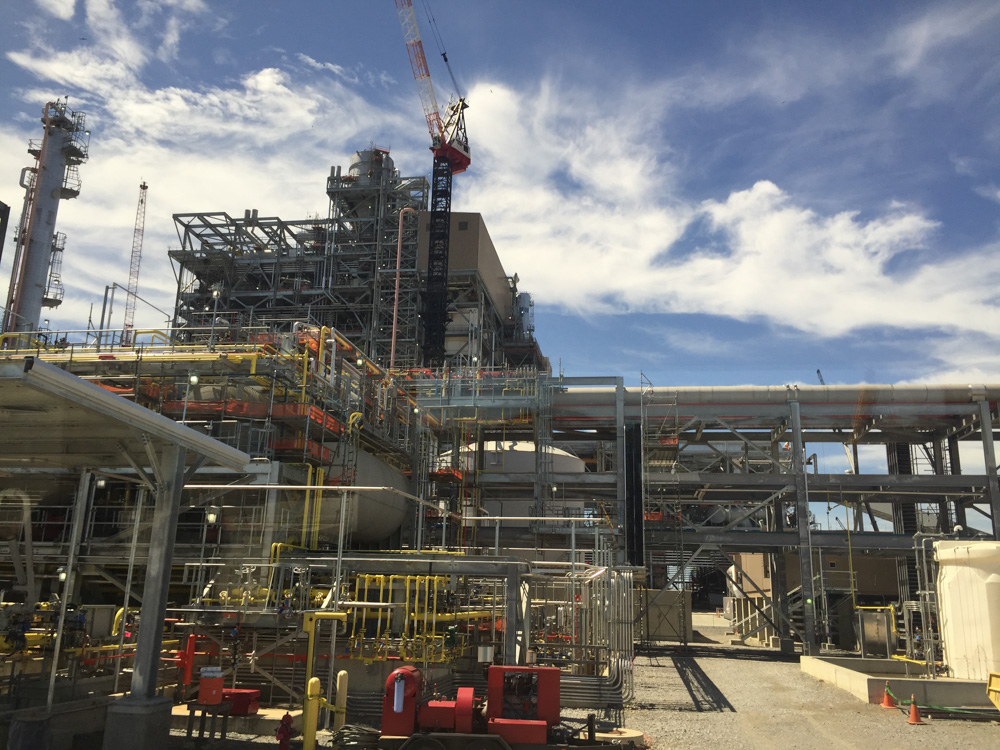 Kemper up close.
Kemper up close.
I used to be an enormous critic of CCS, I thought it was wasteful, needlessly expensive, and even dangerous. But I have changed my mind. I now believe that CCS is the indispensable technology for a clean energy system. As an environmentalist I now believe that clean coal is the most important technology we should be pursuing, a decade ago I never would have believed that I would have said that. My mind only changed though when I saw the value proposition that CCS offers, because it turns out that sCO2 is pretty damn useful.
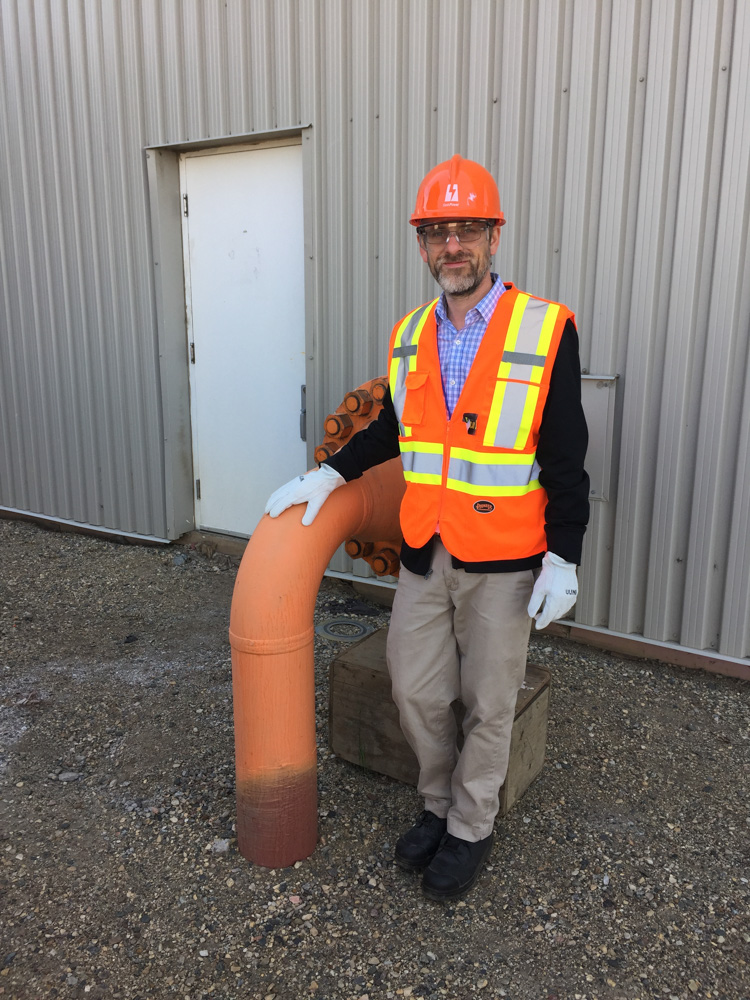 The Boundary Dam clean coal power plant in Saskatchewan, and me standing next to the CO2 pipe that exits the facility carry 3300 tons per day, over 1,000,000 tons per year.
The Boundary Dam clean coal power plant in Saskatchewan, and me standing next to the CO2 pipe that exits the facility carry 3300 tons per day, over 1,000,000 tons per year.
Why clean coal? First of all, coal is not going away, energy demand is growing and we can build all the wind and solar and nuclear we want, but as long as we are still using coal without cleaning it we will not make the necessary progress towards stabilizing our environment. For all its lauded Energiewende program to promote renewables, Germany is burning as much coal as ever, so are we Americans, and the Indians, and the Chinese, and the Australians, and the British, and the Indonesians, you get the idea. Even with the recent surge in natural gas use displacing a lot of coal power generation I believe the pendulum will swing back towards coal after a while because fuel diversity is good, natural gas is historically price volatile, there is lots of demand on that gas, and coal remains cheap.
Secondly, coal resources are incredibly vast, with many stakeholders throughout society and around the world who are deeply invested, both financially and culturally, in seeing their local coal industries continue to thrive. All of these stakeholders: governments, businesses, universities, communities, would much sooner invest and invent and find a way to solve coal’s very real problems rather than let their towns and industries die. The death of coal has been announced very prematurely, necessity is the mother of invention.
For much of the world’s poor, coal is the primary resource they have available that might help them lift themselves out of poverty. I met some Navajo on my tour who were from the Navajo Nation in the southwest USA. Their reservation is the size of West Virginia, it is the largest of all the reservations in America. On the reservation they have 51% unemployment, hard to believe but true, over half the population out of work. They also have a large coal mine and some old dirty power plants that have been the source of problematic pollution for decades. The pollution raining down on the Native Americans has been held up publicly as a symbol of the social justice problems associated with industrial pollution by environmental advocates for years. Sierra Club and Earth Justice have made a campaign of shutting down these coal plants. Environmental regulations did finally succeed in forcing the plant owners to upgrade or shutdown.
But a funny thing happened on the way to the plant closure, the Navajo bought the mine and the power plants from the old owners. Why would they do that when they have endured so many decades of toxic pollution? Because the Navajo see the coal mine and the power plants as one of the few economic opportunities available to them. They want to build a new clean coal power plant that optimizes the coal resources and gives an opportunity for their community to survive. And they certainly care about the land, and intend to nurture the resources, not simply exploit them.
So can coal and coal mining really be clean? All technology is advancing and evolving, and that is just as true for fossil fuels as it is for computers and solar power. I visited a strip mine in Mississippi and what I saw was very impressive, and challenged my previously held perceptions of mining. Modern strip mines are going after low grades of coal, like lignite, that are widely abundant (1/2 of all the world’s coal is lignite) and historically cheap. And these strip mines, when properly managed, are doing their land reclamation all in the same process as the mining. Dig a hole, pull out the coal, fill it back, put the soil on top, plant grass and trees, protect the waterways. When they do it right it is a very impressive process. Of course we have lots of historical examples of it being done wrong.
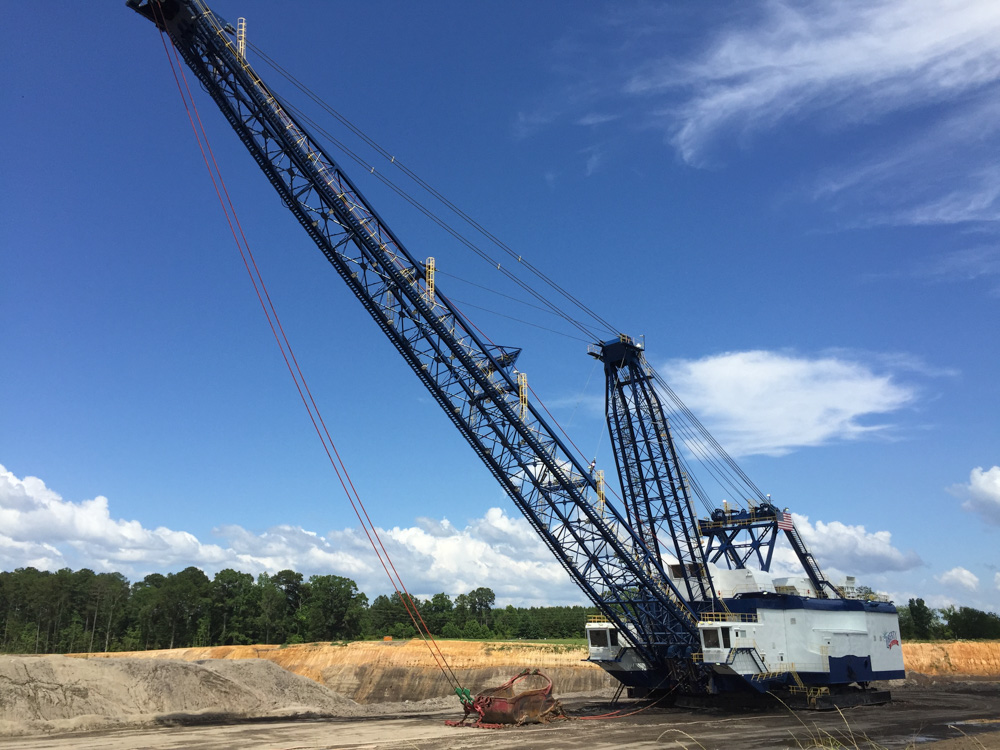
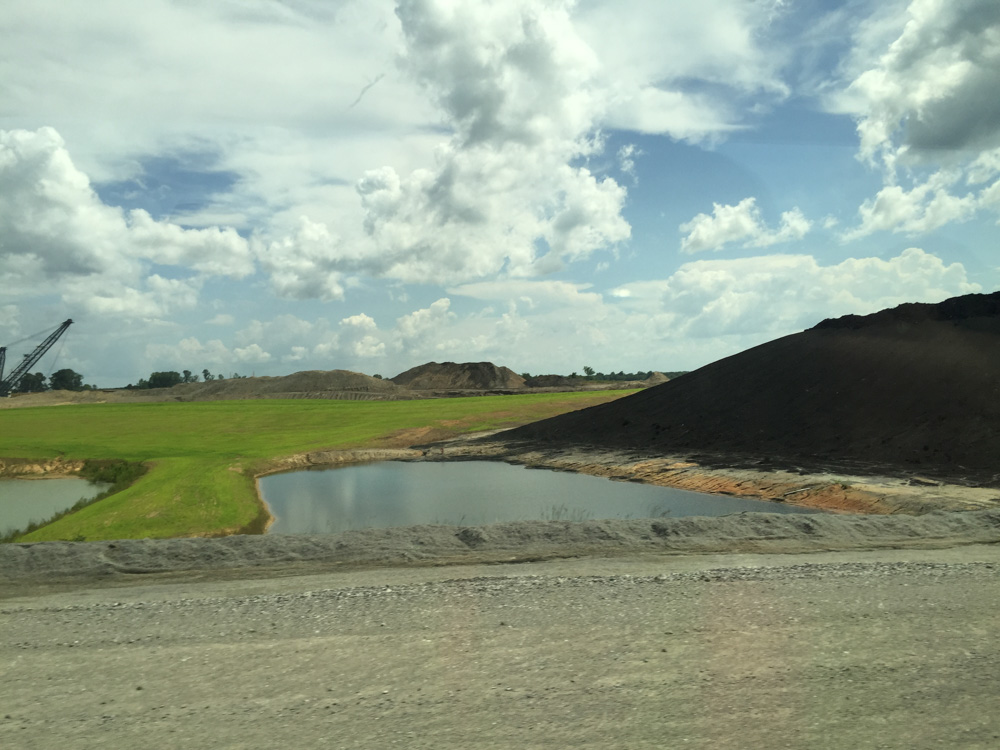
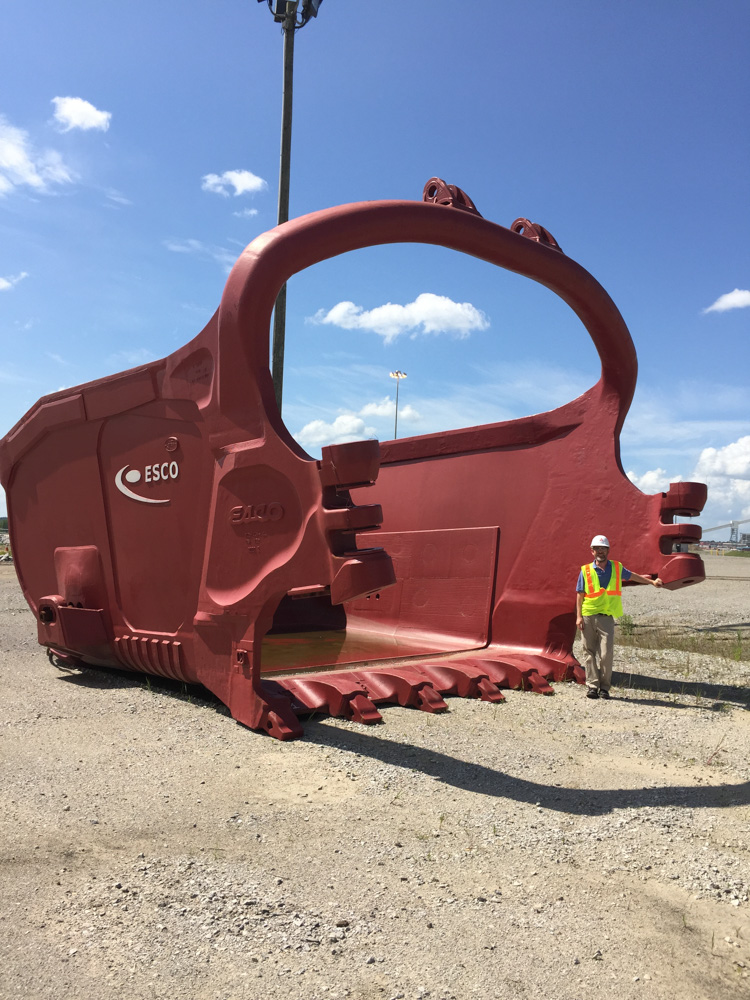 Lignite coal mine at Kemper, Mississippi. Drag line for digging, a section of the mine already reclaimed with grass growing, and me standing next to a spare drag line bucket.
Lignite coal mine at Kemper, Mississippi. Drag line for digging, a section of the mine already reclaimed with grass growing, and me standing next to a spare drag line bucket.
Underground coal mines are mostly uneconomic these days, all the easy coal is long gone, sending miners underground is dangerous and expensive, and modern technology does not require the high grades of coal anymore. This is why Appalachian coal mines have been shutting down for years, they been steadily losing market share to cheaper, and lower sulfur, coal strip mined in the Powder River Basin in Wyoming. The Appalachian mines tried to compete with the strip miners by engaging the atrocious practice of mountain top removal, but there you can’t ever return the land to the way it was before.
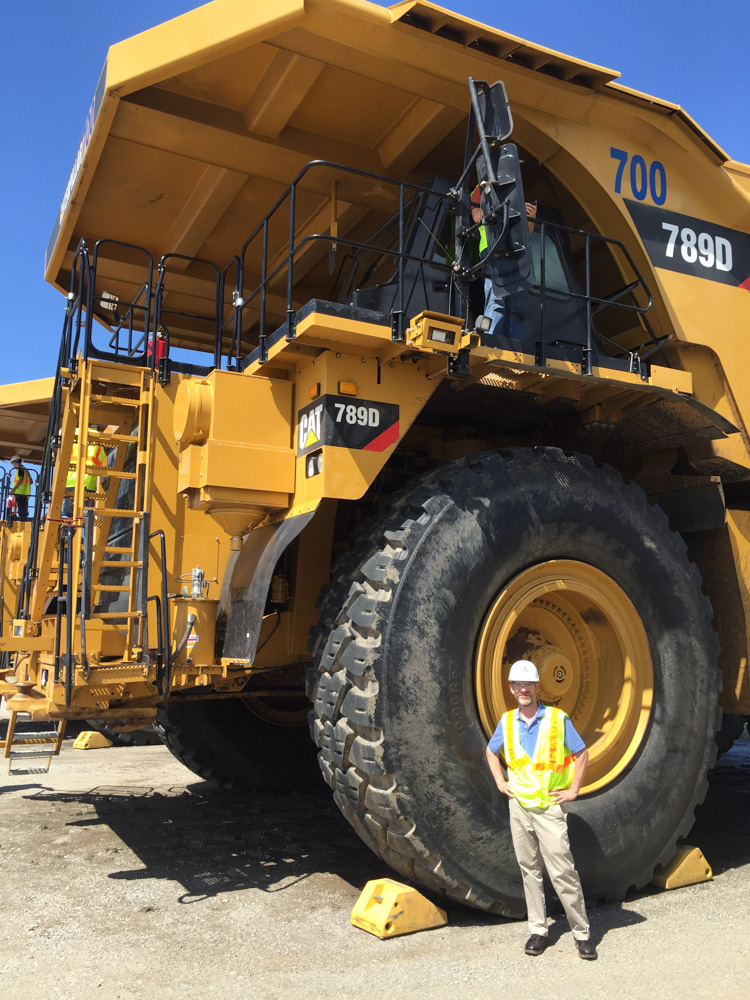 A coal mining dump truck.
A coal mining dump truck.
There is a big difference in the way a clean coal plant operates and a conventional plant operates. Traditional power plants simply burn the coal to make steam which then turns a turbine to make electricity. These old coal plants extracted the heat only and wasted everything else as pollution. If there were regulations then different types of scrubbers were employed on the exhaust to limit pollution.
A modern clean coal plant employs so many scrubbers that it has evolved into a chemical refinery where every pollutant is captured and most are purified and converted into valuable commodity chemicals. I imagine a clean coal plant to be akin to a slaughterhouse where every last scrap of the animal is put to good use, nothing is wasted. Properly done, there are hardly any emissions at all coming out of a clean coal plant.
Common products include gypsum or sulfuric acid made from the sulfur that once caused acid rain. Nitrogen compounds that form NOx and smog are now turned into ammonia, coal ash is sold for concrete, and even the CO2 is sold. A modern clean coal plant does not even need to make electricity, electricity is a low cost, low margin product. Rather than make power, coal can be turned into ultra-pure synthetic fuels that may prove to be much more profitable. And it is important to understand that all the scrubbers are integrated, CO2 is the biggest challenge to capture and it requires that all the previous steps be taken, so you cannot have carbon capture and still have sulfur or particulate emissions.
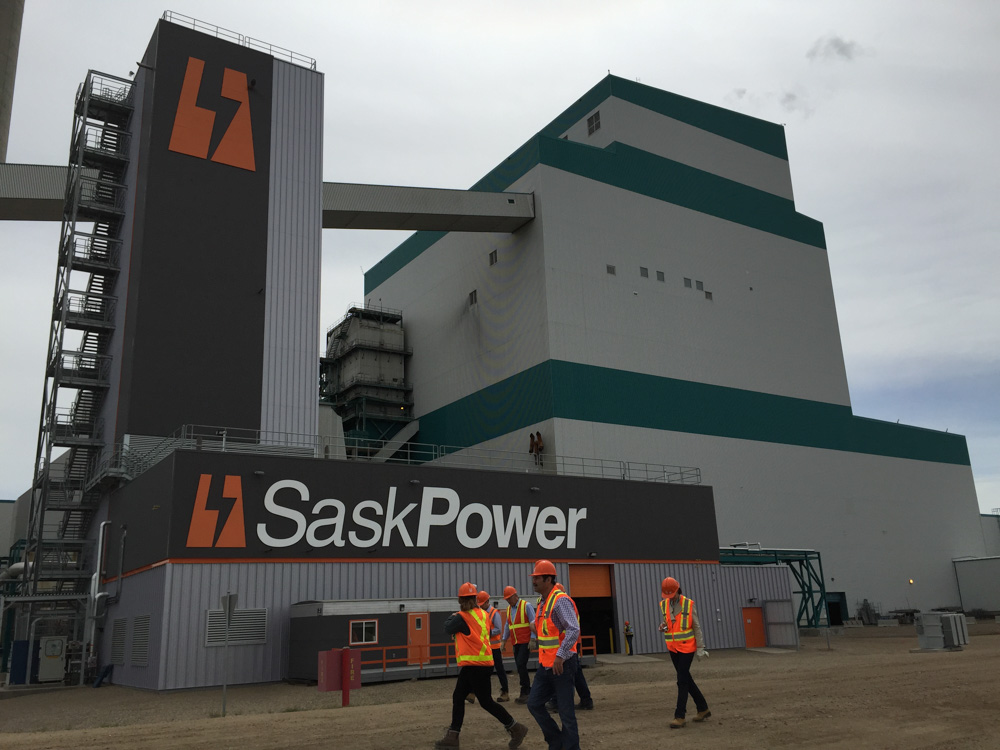
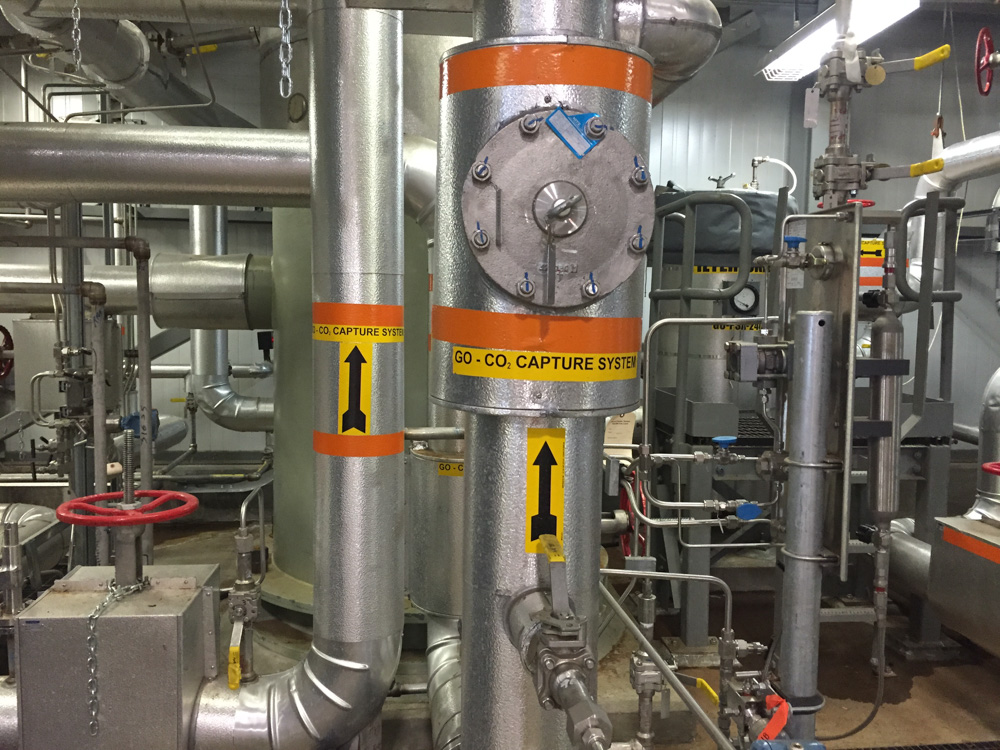 Sask Power’s new CCS test facility, Saskatchewan.
Sask Power’s new CCS test facility, Saskatchewan.
An additional benefit of these clean coal plants is the ability to use mixed feedstocks. Properly designed systems could blend various grades of coal with biomass and garbage. Blending biomass with coal while doing CCS dramatically improves the carbon footprint, even making possible carbon negative fuels.
So what happens to all the CO2 that is captured? CO2 emissions globally are enormous, around 33 billion tons. Industrial carbon capture could never get all of that, but for the sake of discussion let’s say industrial carbon capture can account for a third of total emissions, or 11 billion tons per year, still a huge number.
Initially most of the talk about CCS revolved around injecting CO2 deep underground into saline aquifers that can provide secure storage. The problem with this approach, and the source of my earlier criticisms is that there is no value proposition to saline injection, it is just waste disposal, no different than taking garbage to a landfill. Waste disposal creates no value for anyone, it just creates costs and long-term liabilities around monitoring and verifying the site, and there are risks that injecting CO2 can cause seismic activity similar to what we have seen from waste water disposal in Oklahoma.
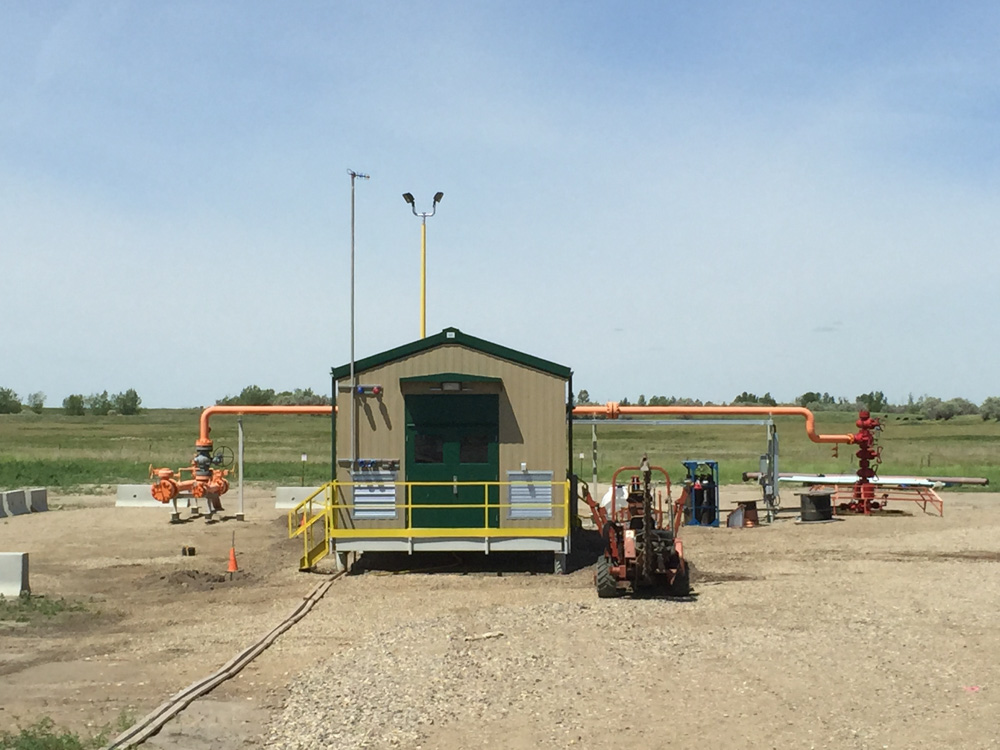 CO2 injection well, Aquistore, Saskatchewan
CO2 injection well, Aquistore, Saskatchewan
Where CO2 does have value is for use in enhanced oil recovery, the practice of injecting CO2 into mature oil fields to help maintain pressure and production. It turns out that CO2 is incredibly useful in this application, and that oil fields could absorb hundreds of gigatons globally. Not only can CO2 be injected into conventional oil fields, but can also be injected into shale fields, coal beds, and undersea hydrate formations.
The prospect of linking up CCS with CO2-EOR is where things get very interesting, and governments around the world are beginning to catch on. CO2-EOR is a mature business in the USA, have been practiced since the 1970’s. The EOR industry has historically been constrained by a lack of CO2, there is much greater demand than supply. EOR operators have demonstrated sustained interest in acquiring the supplies of CO2 captured from CCS projects.
All of the commercially viable CCS projects are selling their CO2 to EOR operators. The revenues earned from the sale of CO2 are substantial and critical to the financial viability of the projects. Saline injection provides no revenues and creates liability issues, who pays the insurance? But oil drillers are quite competent at managing the CO2 injections, they have a long track record of experience and the science is well established that the CO2 will stay sequestered ultimately. It is true that much of the CO2 comes out with the oil but it is recompressed and recycled and sent back down again.
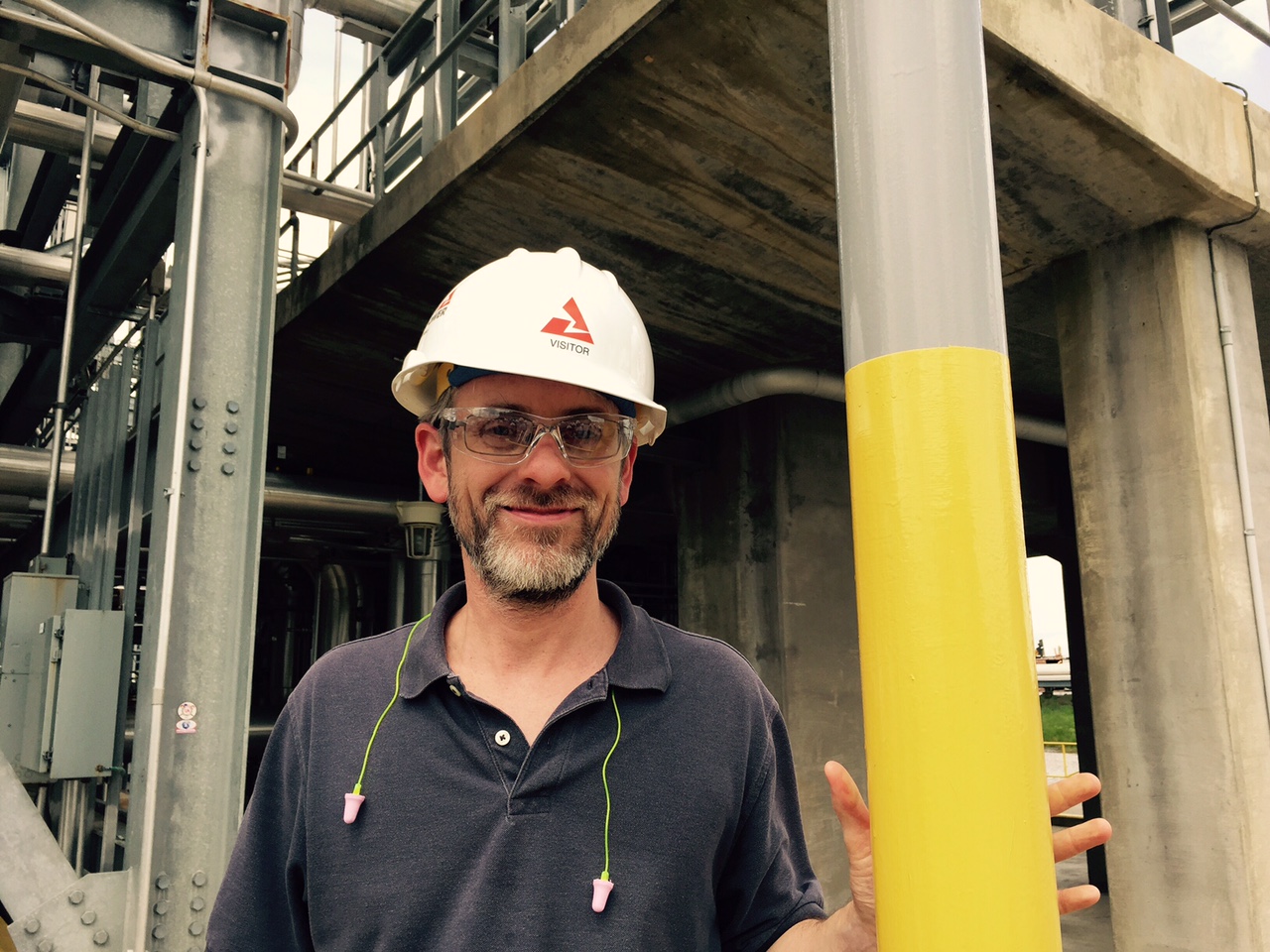 CO2 pipeline at Southern Company’s Plant Barry CCS test facility.
CO2 pipeline at Southern Company’s Plant Barry CCS test facility.
The size of the potential oil prize is absolutely enormous. There are hundreds of billions of barrels of oil that could be produced globally, while sequestering hundreds of gigatons of CO2. The challenge is getting the economics to line up. It still costs significantly more to capture CO2 than the market price it will sell for. Oil company’s seem willing to pay around $25 per ton of CO2, but capture costs are at least $45 a ton if not much higher. Bridging this price gap will be critical to getting this industry to flourish.
A carbon tax of $25-$50 would probably go a long way to incentivizing CCS and CO2-EOR.
It would seem pretty ironic from an environmental point of view to address CO2 emissions by investing in the coal industry to do carbon capture which will then benefit the oil industry. In fact many environmentalists find the idea abhorrent. But I think this is where we find ourselves.
Renewables, nuclear power and efficiency will all be very useful in enabling us to sip fossil fuels rather than guzzle them. But I see no evidence that demand for hydrocarbons ever goes away, or that they can be replaced in broad swathes of heavy industry and transportation. At the same time we keep opening up new, ever larger, hydrocarbon resources like shale.
Capturing CO2 and recycling it back into hydrocarbon production in oil fields, shale, coalbeds, and hydrates might just be the counter intuitive solution we need.
